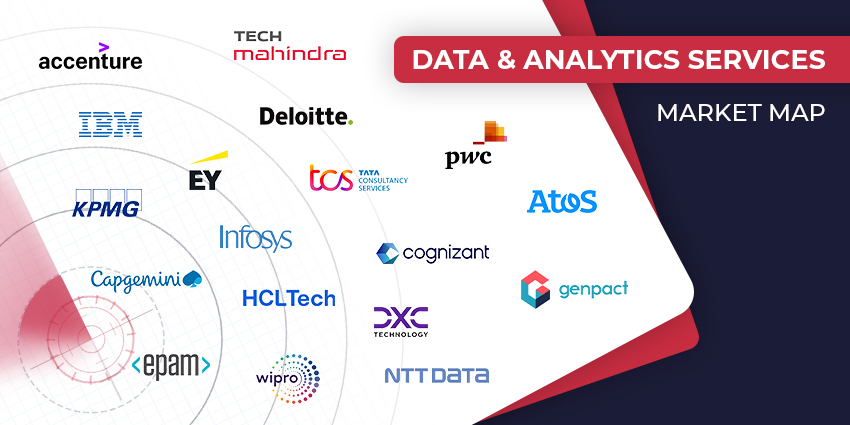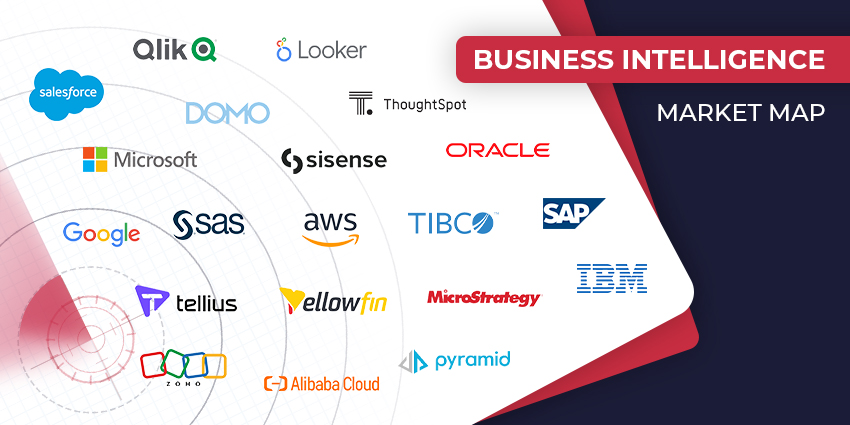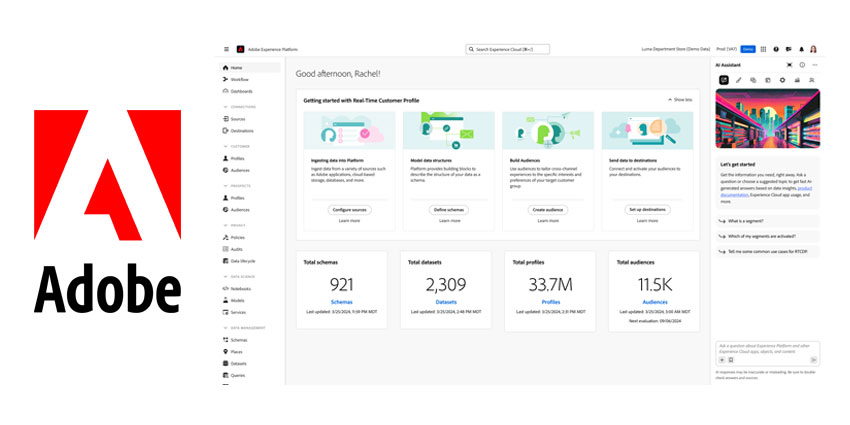In a world where we’ll generate 463 exabytes of data each day by 2025, analytics are essential.
Most businesses know that data is the key to unlocking success. If you want to run a more productive team, reduce your budget, or drive better customer experiences, you need data. Unfortunately, you also need a way to turn that information into insights. That’s where analytics comes in.
Call analytics tools allow businesses to collect, analyze, and use data to their advantage. Today’s service and sales teams use call analytics to understand the needs of their customers better. Moreover, with the right analytical strategies, you can also encourage better outcomes for your team.
Analytics can help if you need a system for managing your data for compliance reasons. The right tools are also there to deliver better customer experiences through meaningful insights into the customer journey. Whatever you want to accomplish with data, call analytics opens the door.
What Does Call Analytics Include?
The nature of your call analytics stack will depend on what you want to achieve. Some companies use interaction analytics as a way of understanding how to strengthen the relationship between their customers and the brand. Others need to analyze calls to ensure that they’re adhering to the rules and regulations of a specific industry.
Your call analytics solution will give you the tools to collect critical data and measure the insights available within that information. In some cases, you can even gather data and use it to inform things like machine learning and AI systems. The main components of a call analytics strategy include:
- Call Recording: To analyze valuable information, businesses first need to capture the conversations that they have with customers. Countless meaningful insights are lost every day in contact centers that don’t take advantage of call recording. The key to success with the right recording features is making sure that you’re staying compliant with data storage.
- Call Reporting: Analytics tools often come with reporting features that allow you to track critical vital metrics for your team. For instance, you might examine things like “call resolution time” or how many issues are solved first-time by your team. Call reporting features can give businesses an insight into whether their CX is moving in the right direction.
- Interaction Analytics: With interaction analytics, you don’t just analyze the unique nuances of customer calls. Instead, you can examine all of the interactions that your team has with customers on every channel. This includes evaluating instant messaging and video conversations. As the contact center grows more omnichannel, interaction analytics are quickly replacing call analytics as a broader solution for insights.
- Business Intelligence: Call analytics tools don’t just tell you more about your customers and what they need. You can also use these services to determine how efficiently your employees are working. You may notice gaps in your service strategy. You could even discover that there are seasonal trends where you need to take on extra staff.
- Compliance Systems: Analytical tools can ensure that businesses remain compliant with the regulations of their industry. This can involve getting permission for storing recordings to adhere to GDPR. It may also mean evaluating huge data centers on a regular basis to ensure that businesses remove any data that they should no longer store.
Call Analytics, AI, and Speech Technologies
The right analytical tools for your business won’t just capture information. To truly tap into the power of data, you need a way to transform vast amounts of data into actionable insights. Artificial Intelligence is one of the easiest ways to do this.
In a typical business environment, sorting through endless conversations with customers to find potential trends would take forever. However, AI systems can sort through that content in a matter of seconds. This makes it much easier for businesses to unlock information on different things.
For instance, you could find out what kind of conversations your employees are having with customers. Then, dig into some of the most common questions customers have. AI can assist with mapping customer journeys so that companies know where they need to interact with clients.
The more data you collect from your conversations with customers on all channels, the easier it will be to take advantage of AI and machine learning. Businesses that implement these intelligent tools into their analytics system will find that the efficiency of their software increases over time. As your ML systems learn from your customers, you’ll get more relevant insights.
Intelligent call analytics also paves the way for concepts like speech technologies. Already, we’ve seen the rise of speech tech in the use of virtual assistants for customer self-service and agent support. However, speech technology can also help with compliance, security, and more in the call analytics space. With speech technology, machines can detect crucial markers in a person’s voice.
In a contact center conversation, this could mean that your speech tech can determine whether someone calling about an account owns that account. This reduces the risk of things like toll fraud.
Unlocking Data with Call Analytics
With the right call analytics strategy, businesses can map the customer journey, deliver better experiences, and enhance business efficiency. Whether you’re recording calls and using them for team training exercises or accessing speech technologies like natural language understanding, there are endless uses for analytics.
Going forward, there’s no doubt that the demand for call analytics will continue to grow. With these tools, businesses can enhance outcomes with better security, compliance, and customer service. You might even find those analytics allow you to improve employee engagement using wallboards where your teams can track their performance. Alternatively, you could go above and beyond for customer service by using trends to predict what customers might need in the future.
Now that data is the most valuable asset any business can have, analytics is a must-have part of the technology stack.
Deep dive into the applications for call analytics by watching our video: 10 Speech Analytics Use Cases for the Contact Center and Beyond







